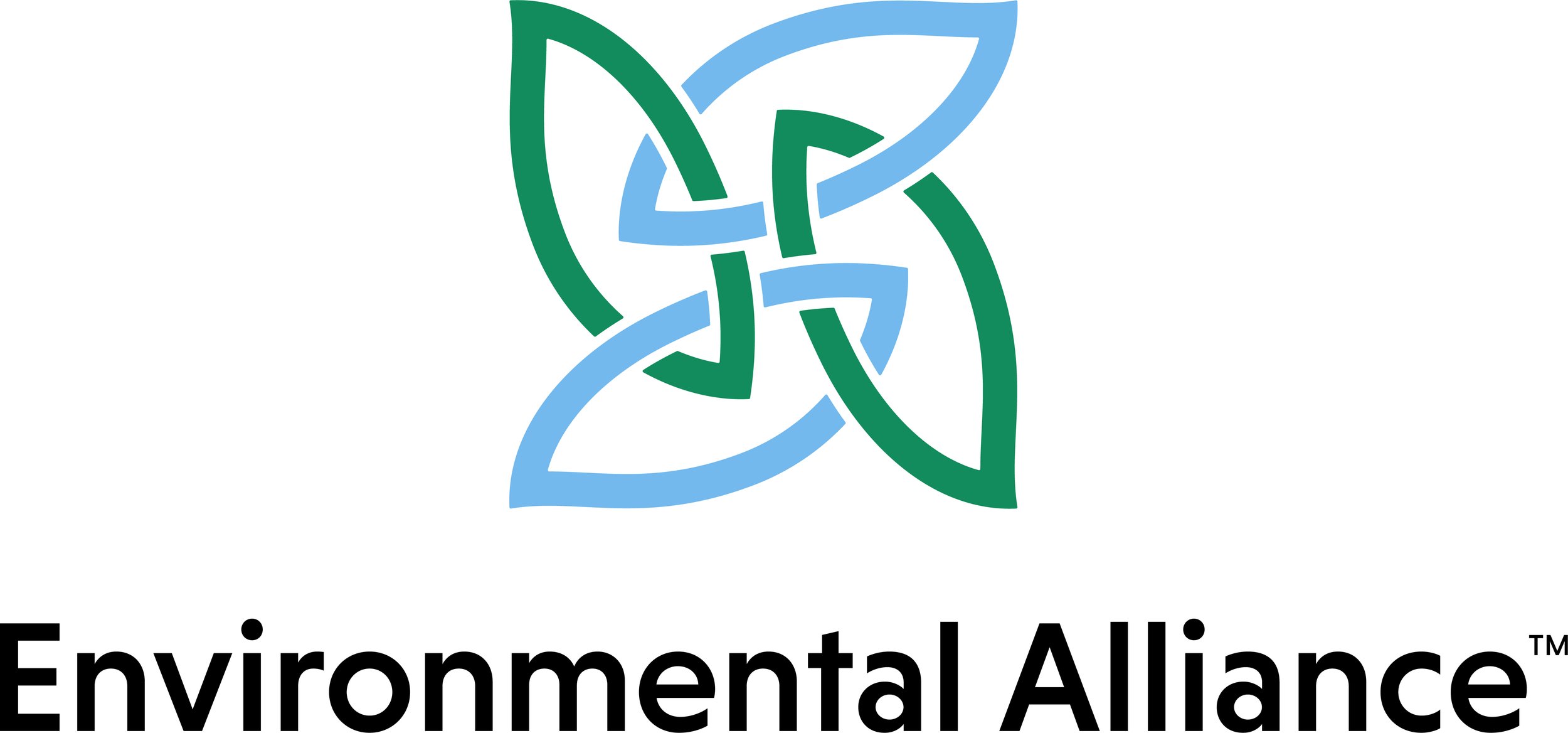Cutting boards and microplastics
Cutting boards and microplastics
Here you are, thinking that chopping up vegetables for a nice salad is a healthy choice for both you and the environment at large (what with vegetables having a smaller carbon footprint than most meats).
But the American Chemical Society has some news that could complicate that.
In a June 1 news release, ACS says a small study indicates that "some plastic board materials, including polypropylene and polyethylene, can shed nano- and micro-sized flecks when cut with knives."
Researchers led by Syeed Md Iskander collected and measured the micro-sized particles released from cutting boards when struck repeatedly by a knife when five different people were chopping carrots.
The team calculated that food preparation could produce 14 [million] to 71 million polyethylene microplastics and 79 million polypropylene microplastics from their respective boards each year," ACS said.
Wooden boards released at least four times more microparticles than plastic ones, however, and researchers added that neither microplastics nor wood microparticles affected mice as part of the study.
"While plastic cutting boards are easy to clean, the researchers conclude that other options could be used to reduce potential microplastic contamination in foods," ACS noted.
This article appeared originally in Plastic News https://www.plasticsnews.com/kickstart/cutting-boards-and-microplastics

